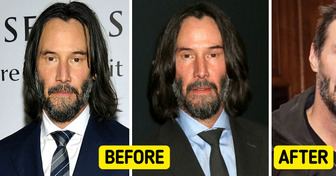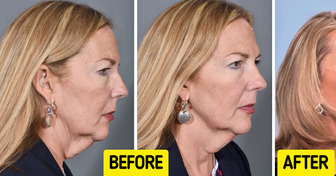«Almost Unrecognizable,» Anne Hathaway’s New Look Shocks Fans

Parents always have their children’s best interests at heart, but sometimes they unintentionally engage in behaviors that can be harmful. From seemingly innocent habits to well-meaning actions, there are various ways parents may unknowingly impact their children’s well-being.
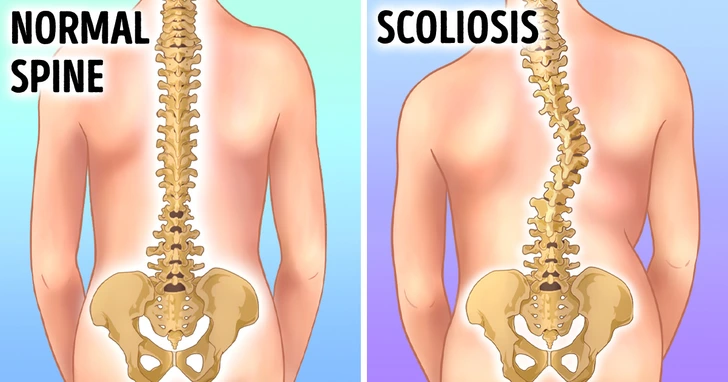
Playing sports is great for kids, but some sports can be risky for them. Doctors warn against six sports that can be especially dangerous: American football, ice hockey, mixed martial arts, boxing, wrestling, and rugby. In these sports, kids can get hit in the head a lot, which might cause brain damage.
High-impact activities can also hurt the spine and back. Doing things like squatting, lifting heavy weights, hard landings (like in cheerleading), and long-distance running can lead to serious injuries and make scoliosis worse over time.

Limiting screen time for kids is important for various reasons like encouraging outdoor play, ensuring good sleep, and promoting face-to-face interactions. Excessive screen use can cause eye problems. Moreover, it can affect sleep patterns and overall health.
One of the issues is eye tiredness, which includes discomfort, blurry vision, and headaches from staring at screens too long. Children might also experience dry and sore eyes due to reduced blinking when using screens. Prolonged screen use can make it hard for kids to focus on distant objects afterward.
Kids who spend lots of time indoors on screens may develop nearsightedness because they’re not getting enough natural light. Screen time before bed can also disrupt sleep, partly because of the light emitted by screens.
The
To protect kids’ eyes, it’s important to take breaks from screens and follow the
Using larger screens at a reasonable distance can also help reduce eye strain compared to small screens held close.
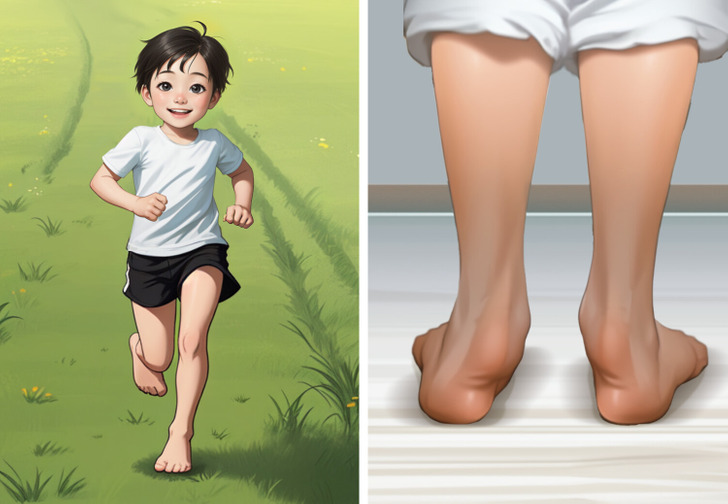
Flat feet in children happen when the tissues and bones in their feet and legs don’t develop properly. Babies and young kids might have flat feet because their tendons need time to tighten and make an arch in their foot. Sometimes, this doesn’t happen fully, and their feet stay flat as they grow, which can cause problems.
Sometimes, the bones in a child’s feet don’t separate like they should, which can make their feet hurt and stay flat.
Flat feet can run in families, and in some places where kids don’t wear shoes much, it happens more often. But wearing the right shoes and supports early on can help stop it from getting worse. In some cases, a simple surgery can help the bones grow right and make a proper arch when the child gets older.
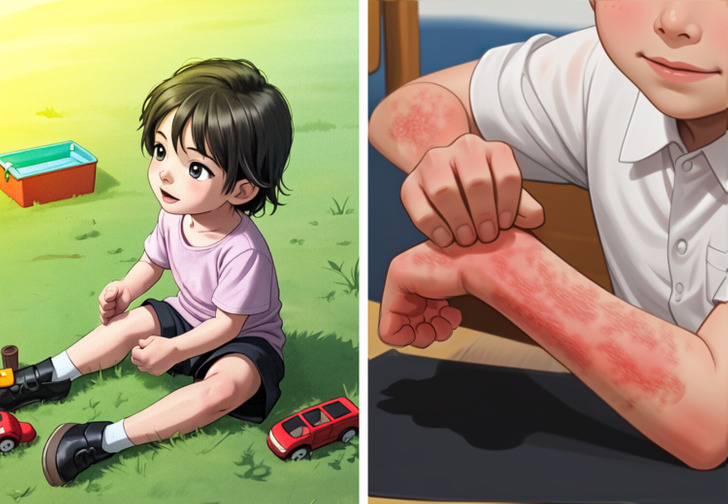
Another important thing to remember: protect your child’s skin from the sun. Research shows that most cases of two common skin cancers are linked to sunlight. Teaching kids to protect their skin from the sun every day, with sunscreen, clothes, and staying in the shade, helps them keep doing it as they grow up. And the best time to start? Right from the beginning.
For Newborns to 6 Months: It’s easy to keep your baby protected from the sun during this time. You won’t face much resistance from them, so enjoy it! Challenges might come from family events or vacations where there’s a lot of sun exposure.
For Toddlers to Tweens: Once your baby is 6 months old, use sunscreen on their skin when they’re outside. Look for sunscreens without fragrance, with minerals like zinc oxide and titanium dioxide that are less likely to cause skin reactions. Keep covering them up with hats, sunglasses, and cool rash guards with UV protection. Try to find shade when you’re outside, too.
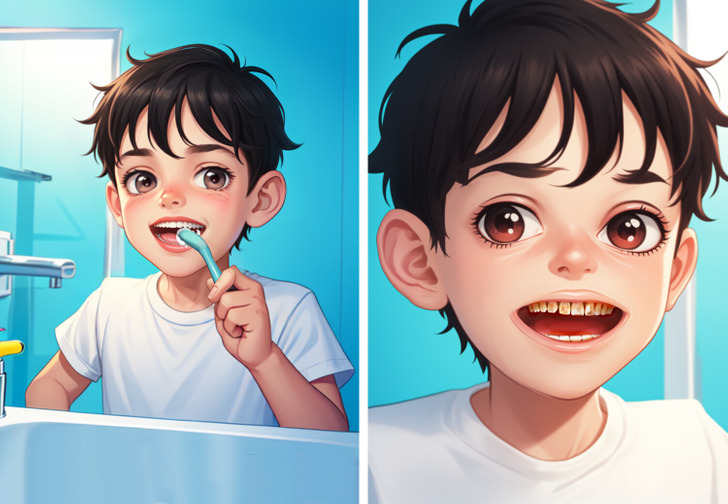
When kids are growing up, their bodies work differently from adults. That’s why it’s important to know when your child can start using regular toothpaste. Kids’ toothpaste isn’t just about fun characters and colors. It’s made differently for a reason. One big difference is fluoride.
It is a natural mineral that makes our teeth stronger and fights cavities. It’s even in our drinking water because it’s so important. But kids can get too much fluoride, so their toothpaste doesn’t have any. Too much fluoride can cause white spots on teeth or even make them sick in rare cases.
For toddlers aged one to three, their toothpaste usually doesn’t have fluoride. Older kids’ toothpaste has less fluoride than adult toothpaste. As they get better at brushing and spitting, they can use toothpaste with more fluoride. Make sure it’s safe to swallow.
That’s why adults also shouldn’t use kids’ toothpaste. It doesn’t have enough fluoride to keep adult teeth strong and clean.
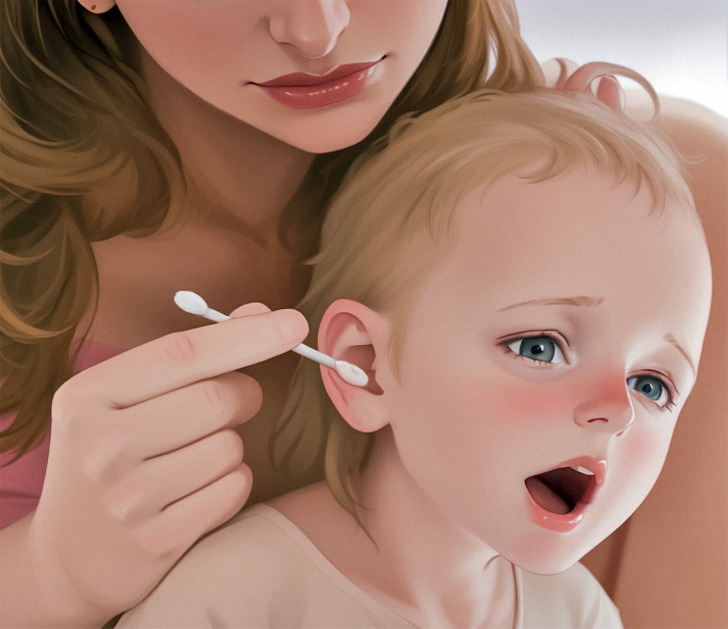
Experts advise against cleaning out your ears, or your children’s ears, with cotton swabs. Earwax, also called cerumen, is actually good for your ears. It’s there to keep them healthy by catching dust and dirt so they don’t go further into your ear. Having some wax in your ear helps protect the skin inside. Your ears clean themselves naturally, so you don’t need to do it.
Your body has a way to get rid of old earwax. When you chew or move your jaw, or when new skin grows inside your ear, it pushes old wax out. But using cotton swabs can push wax deeper into your ear, and you can hurt your ear canal or eardrum.
Buildup of earwax doesn’t happen often. Only 1 in 10 kids and 1 in 20 adults have this issue, according to experts. Some people, like elderly adults and those with certain disabilities, might have more trouble with earwax buildup.
If you have pain, itching, a full feeling in your ear, ringing in your ear, trouble hearing, or any strange smell or discharge, it might mean you have too much earwax. If you notice these signs, see a doctor or healthcare provider.
Children require specialized care distinct from adults due to their unique developmental stages and vulnerabilities. Their bodies, minds, and emotional capacities are still developing, necessitating tailored approaches to healthcare, education, and emotional support. From medical dosages to educational methods and emotional guidance, children benefit from approaches that consider their age, stage of development, and individual needs. Providing children with specialized care acknowledges their distinct requirements and ensures their holistic growth and well-being.


